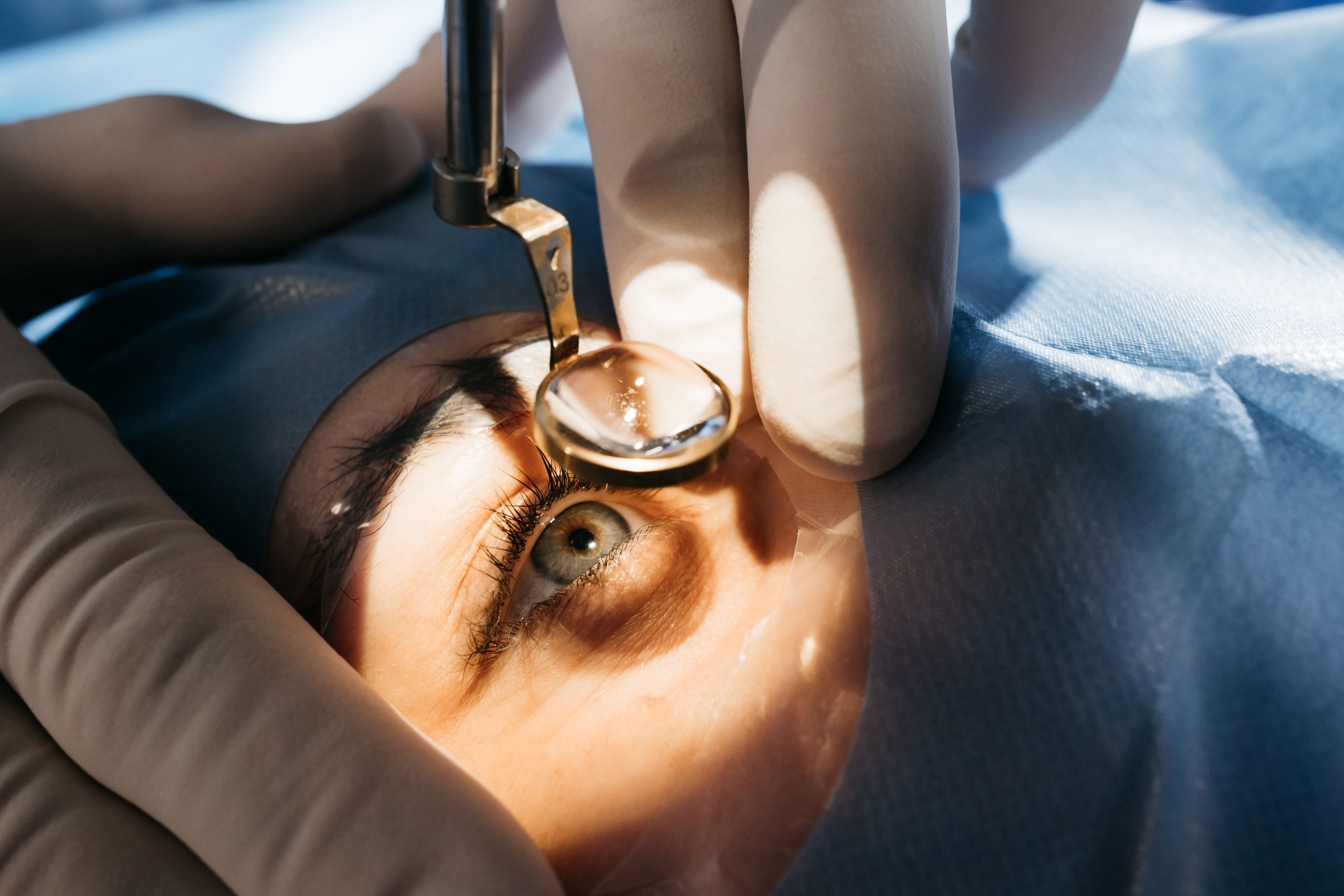Wearing glasses or contacts every day can be a hassle—not to mention expensive over time. That’s why millions of people consider LASIK eye surgery as a long-term solution. If you’ve been squinting at screens or juggling prescription lenses, LASIK might sound like a dream. But before you book that consultation, let’s talk through what it really involves, how much it costs, and whether it’s the right move for your eyes (and your wallet).

What Is LASIK, Anyway?
LASIK (short for Laser-Assisted In Situ Keratomileusis) is a type of refractive surgery that reshapes your cornea to correct vision problems like nearsightedness, farsightedness, and astigmatism. It’s quick—usually under 30 minutes—and many people see clearly within a day or two.
A surgeon uses a laser to create a thin flap in your cornea, then reshapes the tissue underneath. The goal is to help light focus properly on your retina, giving you sharper vision without glasses or contacts.
Who’s a Good Candidate for LASIK?
LASIK works best for adults over 18 with stable vision prescriptions. You should be generally healthy, with no major eye issues like glaucoma, cataracts, or severe dry eye. Pregnancy can affect your vision, so women who are pregnant or breastfeeding may need to wait.
Your eye doctor will run a bunch of tests to see if your corneas are thick enough and if your prescription falls within the treatable range. Not everyone qualifies, but many do.
What Does LASIK Cost?
LASIK isn’t cheap—but it’s not wildly out of reach either. Prices vary based on your location, the surgeon’s experience, and the type of technology used. Here’s a general breakdown:
| LASIK Option | Average Cost per Eye | Technology Used | Notes |
|---|---|---|---|
| Standard LASIK | $1,000–$2,000 | Microkeratome + laser | Older method, still effective |
| Custom LASIK | $2,000–$2,500 | Wavefront-guided technology | Tailored to your eye’s shape |
| Bladeless LASIK (All-Laser) | $2,200–$3,000 | Femtosecond + excimer lasers | Flap made entirely with lasers |
| SMILE (Newer alternative) | $2,000–$3,000 | Small incision technique | Less invasive, no flap required |
Most providers quote a price for both eyes and include pre-op and post-op visits. Watch out for deals that sound too good—they may not include everything or use outdated tech.
Will Insurance Cover LASIK?
In most cases, no. LASIK is considered an elective procedure, so standard health insurance doesn’t cover it. However, some vision plans offer discounts with certain providers, and you can use FSA (Flexible Spending Account) or HSA (Health Savings Account) funds to help pay for it tax-free.
It’s also worth asking if your surgeon offers payment plans or financing—many do.
The Pros of LASIK
There’s a reason millions of people have gone through with LASIK. The benefits can be big:
Fast recovery: Many people return to work the next day.
Immediate results: Vision usually improves within 24 hours.
No more glasses or contacts: That means long-term savings and daily convenience.
Safe and proven: LASIK has a 96%+ satisfaction rate.
Plus, the latest tech has made the procedure more precise and personalized than ever.
The Cons of LASIK
Like any surgery, LASIK comes with risks. While complications are rare, they can happen:
Dry eyes: Some people experience dry eye symptoms for weeks or months.
Halos or glare: Especially at night, bright lights can look distorted.
Under- or over-correction: A small number of people may still need glasses after.
Not permanent for everyone: Vision changes with age, and some may need a follow-up (enhancement) or reading glasses later on.
Also, LASIK isn’t reversible, so it’s important to choose a qualified, experienced surgeon.
Alternatives to LASIK
If LASIK isn’t a good fit for you, don’t worry—there are other options:
PRK (Photorefractive Keratectomy): Similar results but longer recovery; good for thin corneas.
SMILE: A less invasive surgery with no flap, ideal for nearsighted people.
Implantable lenses: Artificial lenses inserted in the eye; used in more extreme prescriptions.
Your eye doctor can help decide what’s best for your unique situation.
So, Is LASIK Worth It?
That depends on your budget, lifestyle, and how much you want to ditch your glasses. For many, it’s a one-time investment that pays off in freedom and long-term savings. But it’s not for everyone, and the decision should be based on both medical advice and personal goals.










